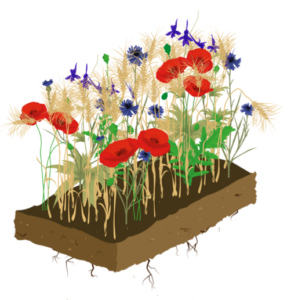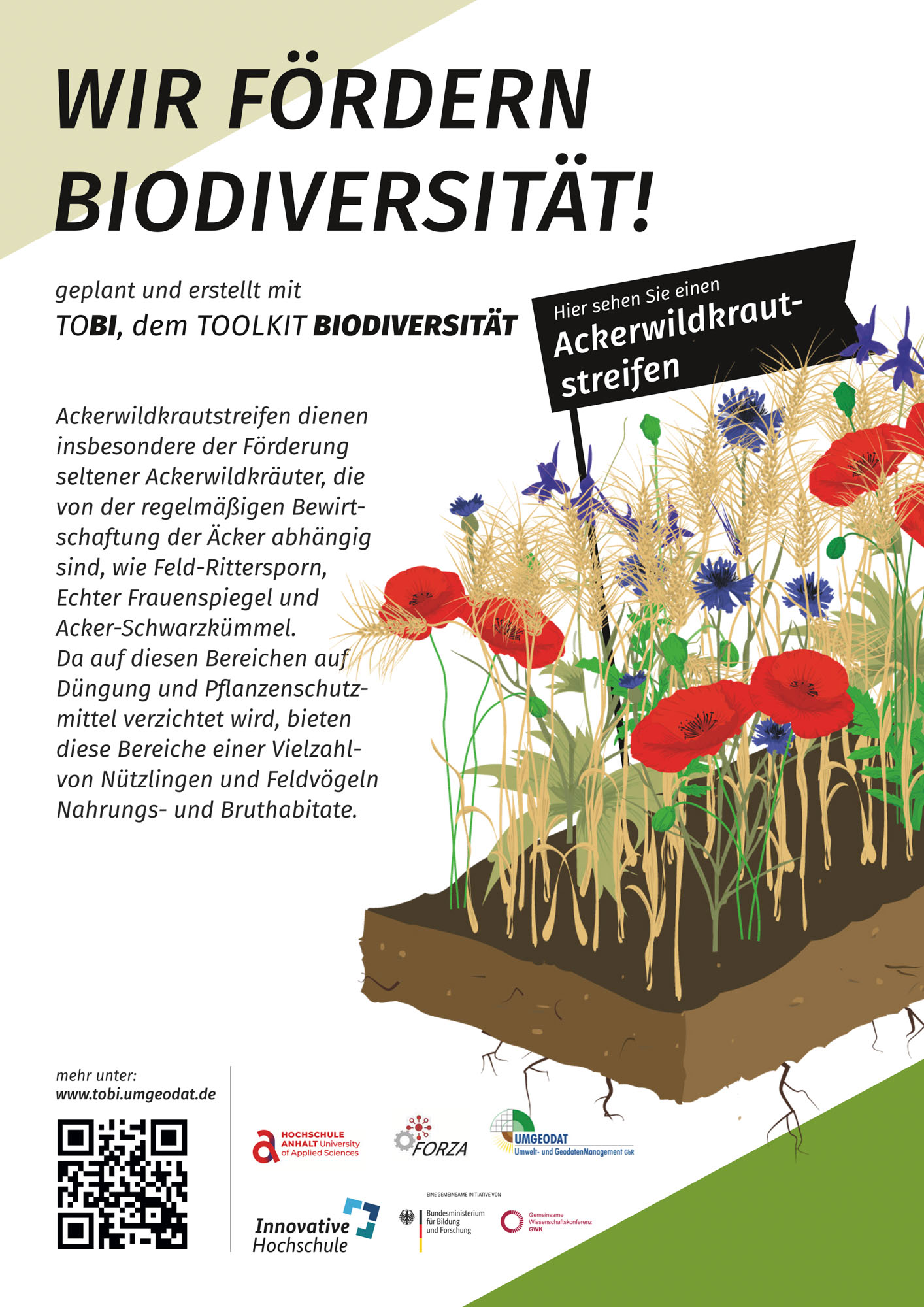Find out all about arable weed strips
Sind Sie sicher ob der Standort geeignet ist?
Das Profitool erkennt Flächen und kann die optimale Nutzung bestimmen. PROFITOOL
Feldrandschild
Mit dem Feldrandschild teilen Sie der Umgebung mit, welche biodiversitätsfördernden Maßnahmen Sie umgesetzt haben.
Do you need support?
Then please contact us by phone 039209 / 202076 or by e-mail at info@stiftung-kulturlandschaft-sachsen-anhalt.de.
Requirements
Strip width and length
Width at least 3 m if possible
Site and soil conditions:
- dry to normal
- preferably sunny
Costs:
Yield loss
Machinery requirements:
No additional
Implementation period:
at the same time as the field is cultivated
Implementation
step-by-step instruction
1. Site selection
Suitable are
- sites in the open fields
- In particular, sites with known occurrences of rare arable weeds (e.g. lamb's succory, mouse tail, field larkspur, Large Venus's-looking-glass, field nigella)
- poor, low-yielding sites
- sites that are difficult to work on
- small areas far from the yard
The measure can also be used to subdivide large fields or implemented along existing structures such as agricultural roads or sunny sides of rows of trees, hedges and copses.
Not suitable are:
- Locations with problem weeds such as couch grass or creeping thistle should be avoided!
Size: Width at least 3 m if possible
-> the wider the strip, the more effective the measure
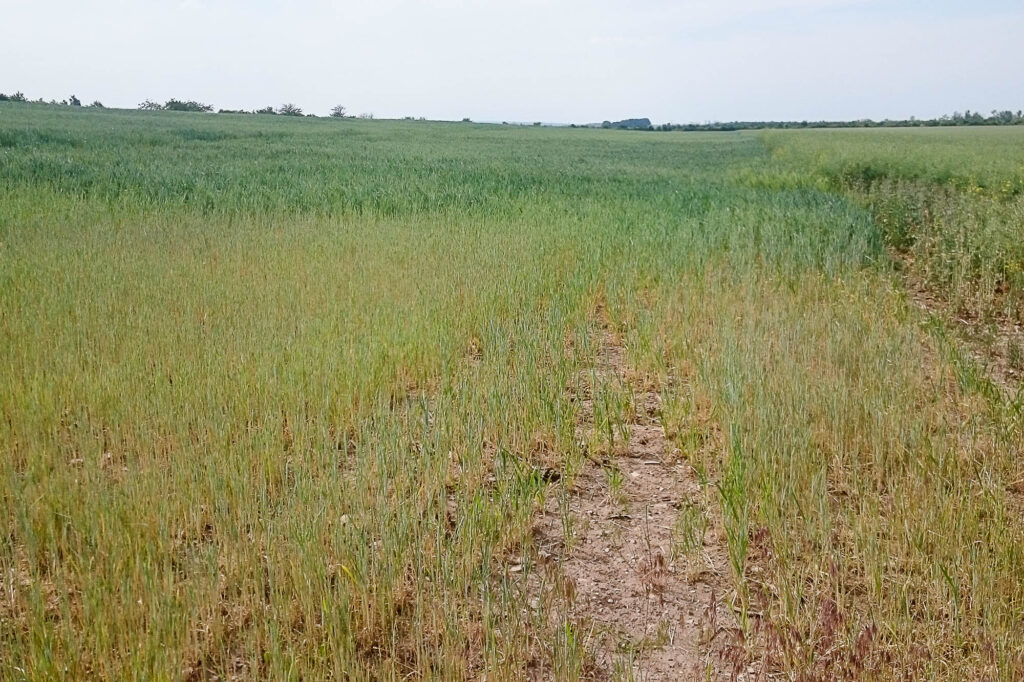
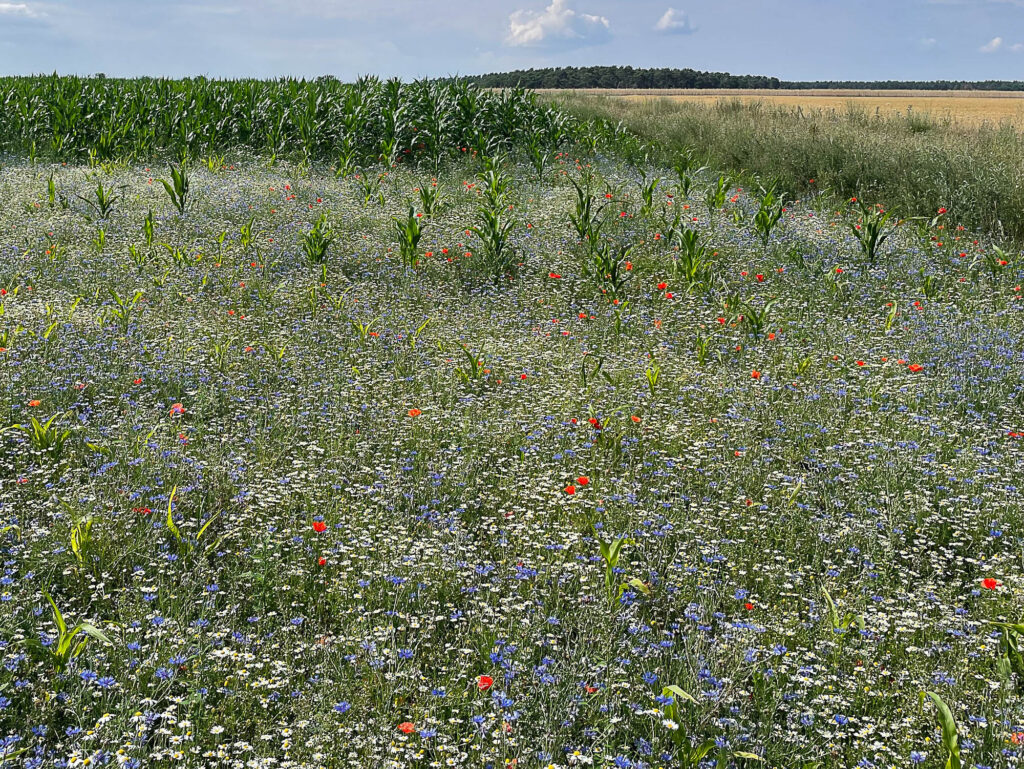
Implementation
There are various options for implementation. The aim is to create open spaces for arable weeds.
Self-vegetating fallow land
After harvesting/tillage, spontaneous vegetation development from the stubble field is permitted. The recommended maximum standing time is 2-3 years.
Sparse grain field
Cereals are sown with a lower seed density (30-50 % lower seed rate) and double row spacing (at least 20 cm) or ‘wide row’ (drill gaps) up to 50 cm.
Stubble fallow/late stubble cultivation
Late stubble cultivation after 15 August or even after 10 September, e.g. along the edges of the field, promotes late-flowering, low-competition arable weeds such as field nigella. If stubble ploughing is postponed until spring, the area can also provide shelter and food for many species over the winter months.
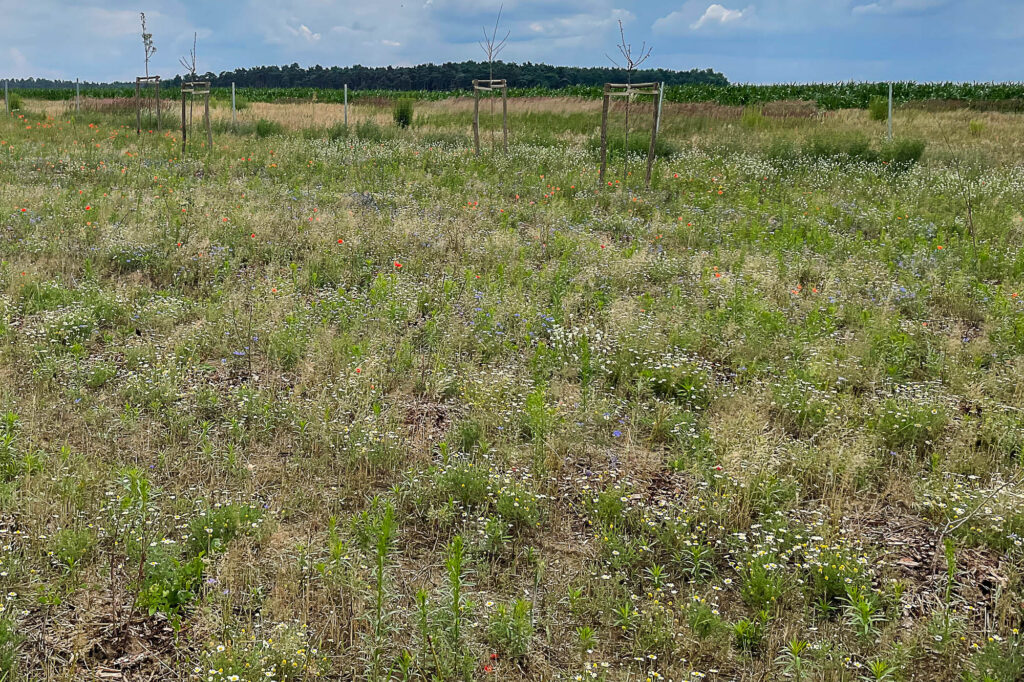
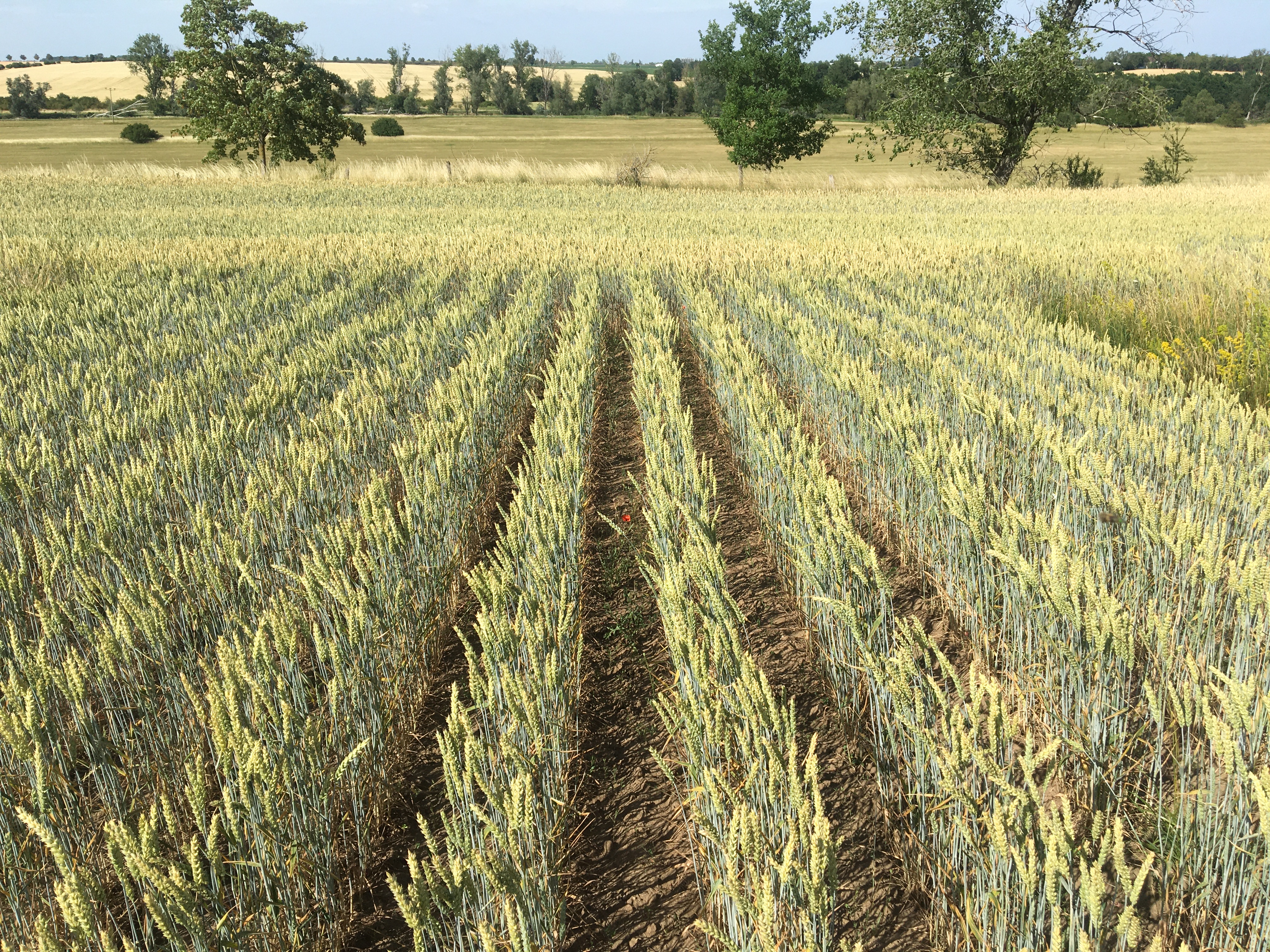

Care
step-by-step instruction
Annual tillage
As a rule, tillage and cultivation are carried out as for the entire field. The following must be observed:
- No use of pesticides
- At least reduced fertilisation, better no fertilisation
- Also reduced/no use of mechanical weed control
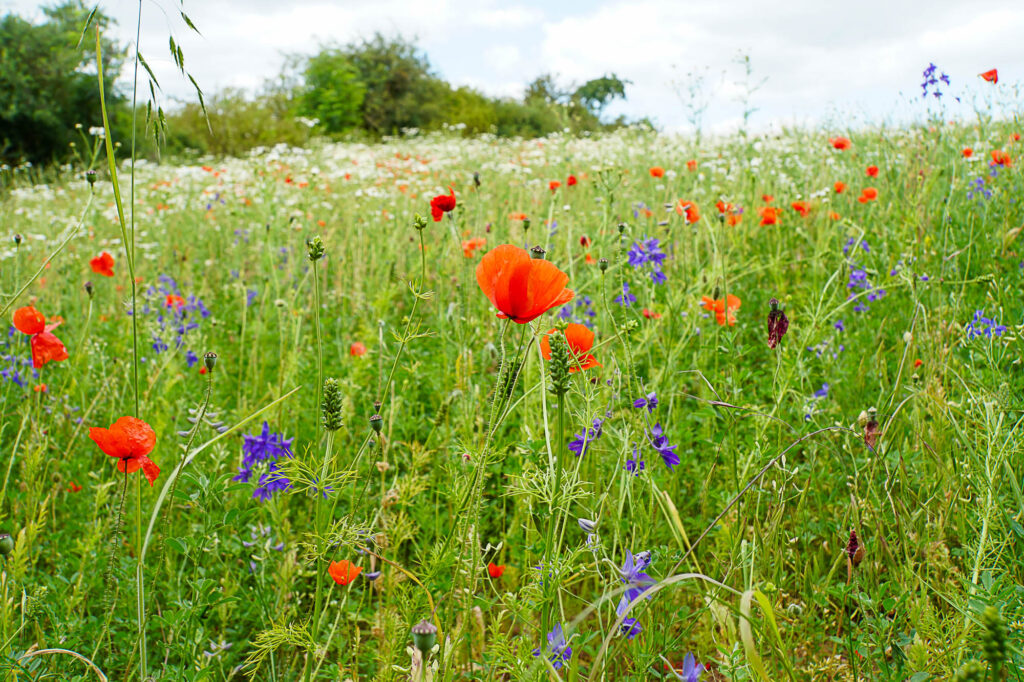
Ecological impact
Arable weeds are species that are adapted to arable farming. Many species arrived in Central Europe together with arable farming and are only found here in fields. Their life cycle is closely adapted to the cultivation of fields, i.e. they are mostly annuals and require annual ploughing. Many species ripen at the same time as the arable crops. Because intensive farming is very effective at combating weeds, only a few species usually grow in the fields, often in small numbers. Most arable weeds have become rare and their populations are endangered in Germany.
Arable weed strips and conservation fields are primarily created to promote rare arable weeds. However, they also support many animal species that are dependent on species-rich arable weed populations. For example, there are numerous insects that need special wild herbs as food plants and many bird species benefit from such areas as feeding and breeding habitats.
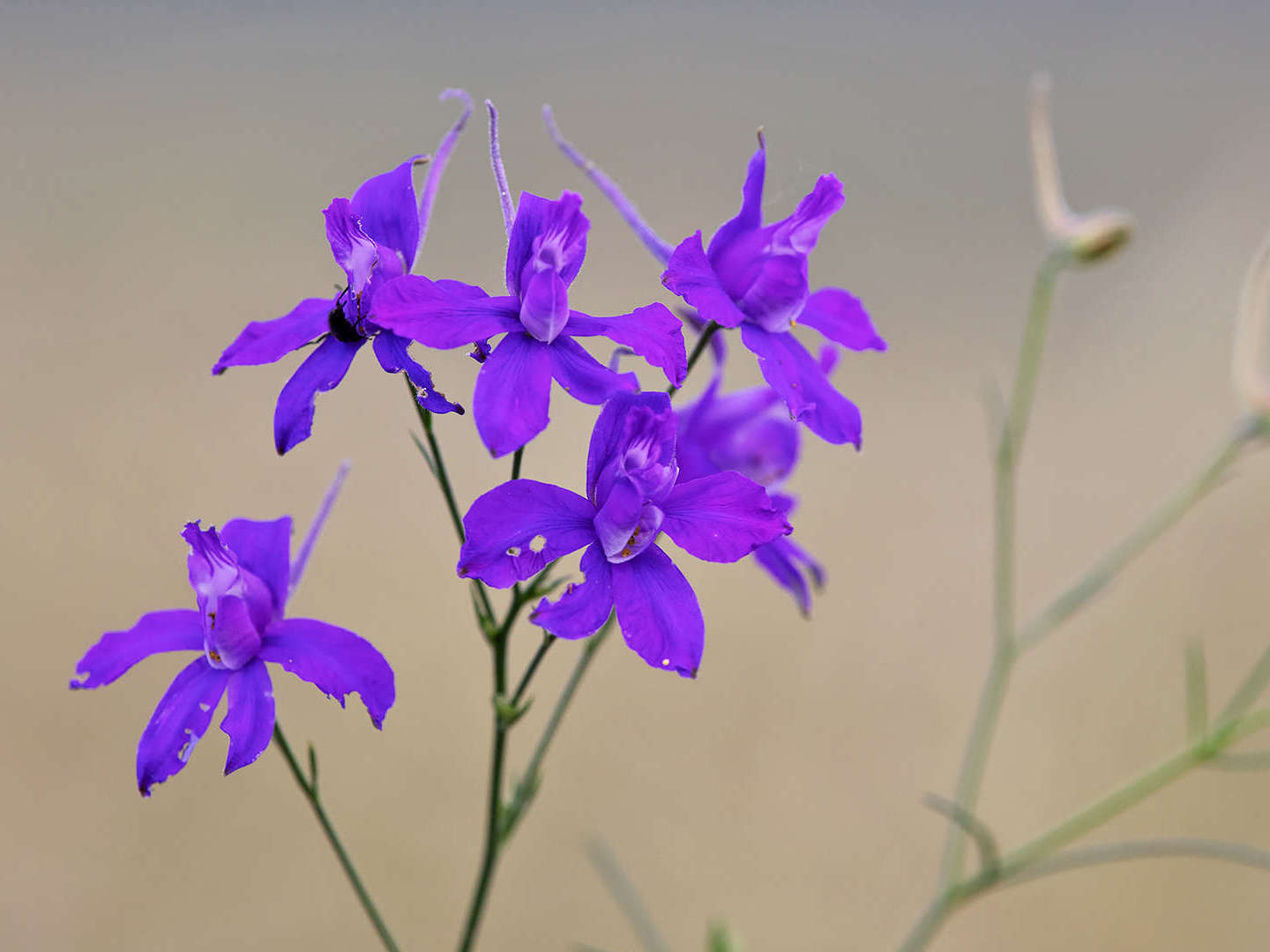
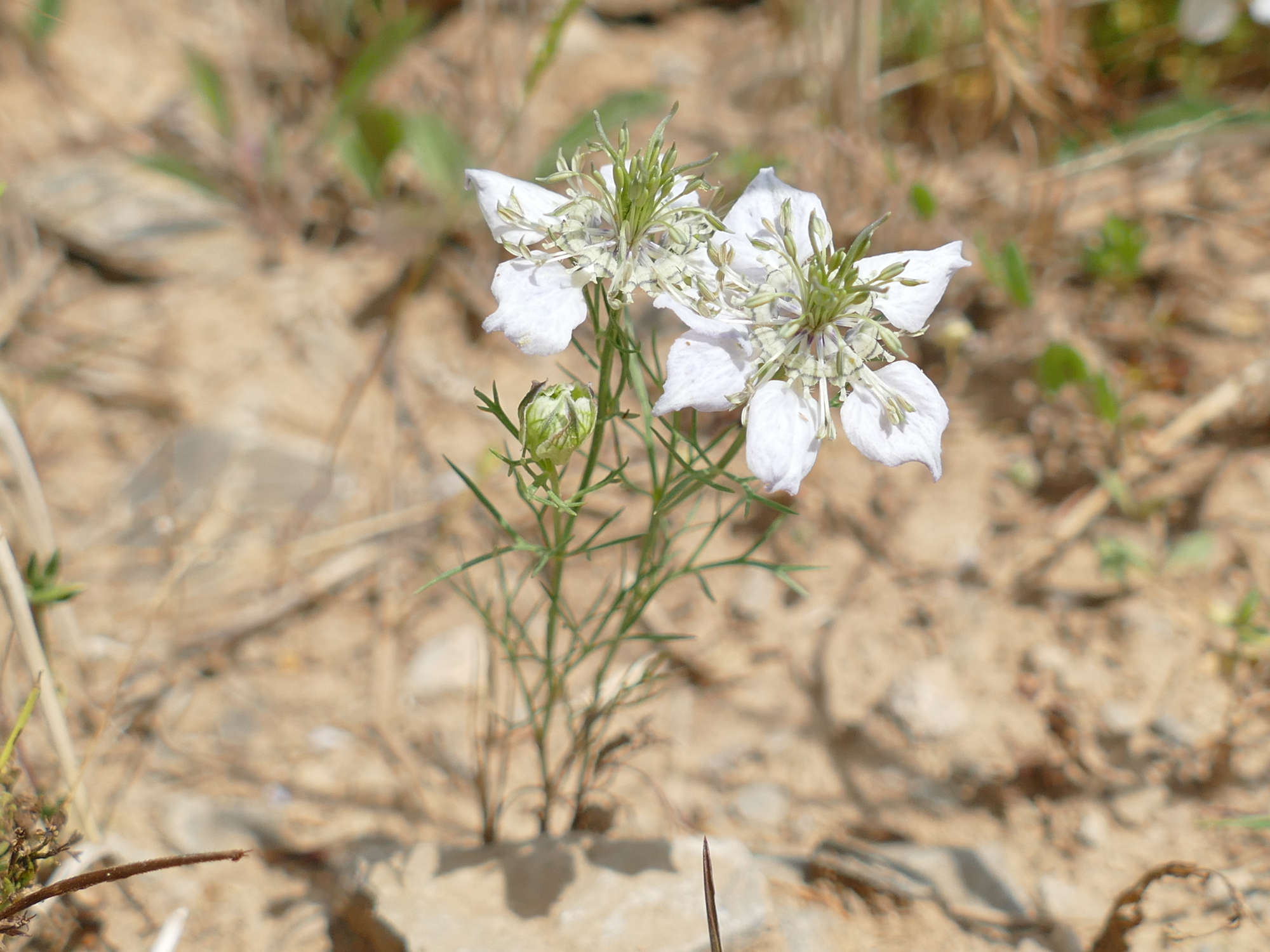
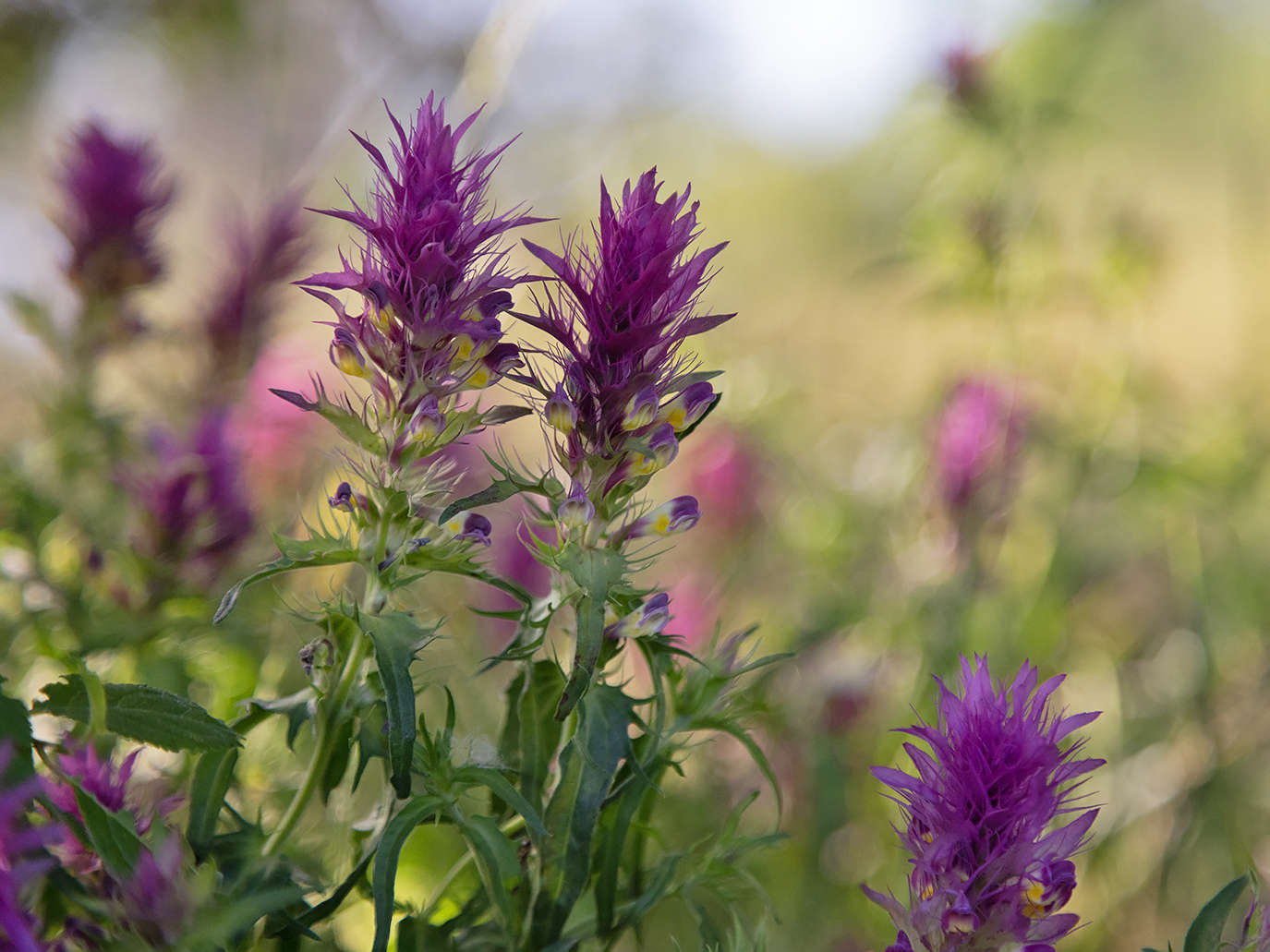
Additional information (mostly in German)
Ackerwildkrautschutz in Sachsen-Anhalt: Leitfaden für die landwirtschaftliche Praxis (Stiftung Kulturlandschaft Sachsen-Anhalt 2022)
Artporträts seltener und gefährdeter Ackerwildkräuter (Stiftung Kulturlandschaft Sachsen-Anhalt 2022)
Segetalflora – Förderung der Ackerwildkräuter in Deutschland – Vernetzung der Akteure, Internetseite der Georg-August Universität Göttingen 2025
Eine Chance für die Kornblume & Co, Ackerwildkrautschutz in Luxembourg (Naturschutzsyndikat SICONA)
Ackerwildkräuter schützen und fördern –
Perspektiven einer langfristigen Finanzierung und Bewirtschaftung, DVL 2009
Informationen zum Ackerwildkrautschutz, Stiftung Kulturlandschaft Sachsen-Anhalt 2025
Poster: Aktuelle Situation gefährdeter Ackerwildkräuter in Sachsen-Anhalt (Stiftung Kulturlandschaft Sachsen-Anhalt 2022)
Ackerwildkrautschutz in Sachsen-Anhalt: Leitfaden für die landwirtschaftliche Praxis (Stiftung Kulturlandschaft Sachsen-Anhalt 2022)
Ackerwildkrautstreifen (kooperative Naturschutzmaßnahme in Sachsen-Anhalt), Stiftung Kulturlandschaft Sachsen-Anhalt, 2025
Merkblatt zu Ackerwildkrautstreifen (Hochschule Anhalt, 2021)
Empfehlungen für die Bewirtschaftung von Schutzäckern (van Elsen et. al 2009)
Lexikon: Wildkrautreicher Extensivacker (Stiftung Kulturlandschaft Sachsen-Anhalt 2023)
Management options for the conservation of rare arable plants in Europe, Albrecht 2016
Flower strips, conservation field margins and fallows promote the arable flora in intensively farmed landscapes: Results of a 4-year study (Wietzke et. al 2020)
Mehrjährige Ackerbrachen schützen Feldvögel am besten (Karbe 2022, Universität Tübingen)
Long-term fallows rate best among agri-environment scheme effects on farmland birds—A meta-analysis (Staggenburg 2022, Universität Tübingen)
Flower strips, conservation field margins and fallows promote the arable flora in intensively farmed landscapes: Results of a 4-year study (Wietzke et. al 2020)

